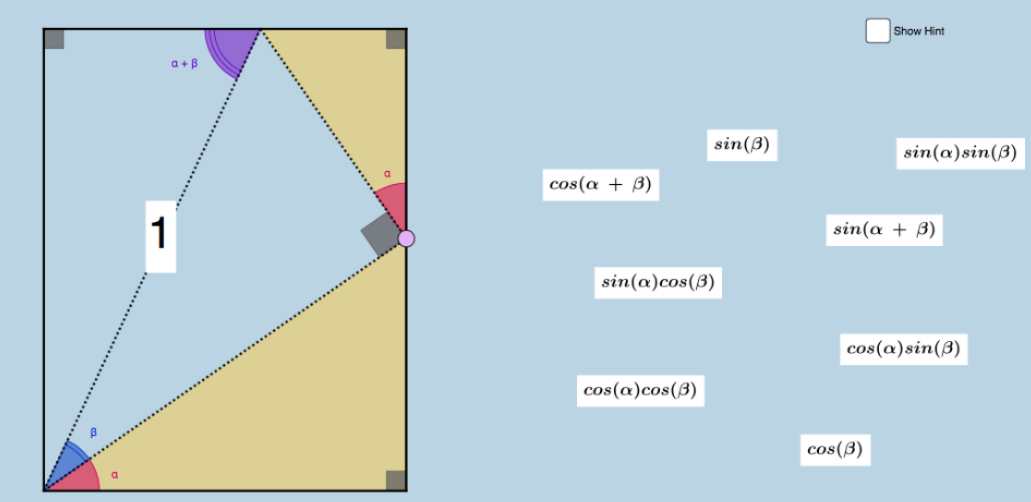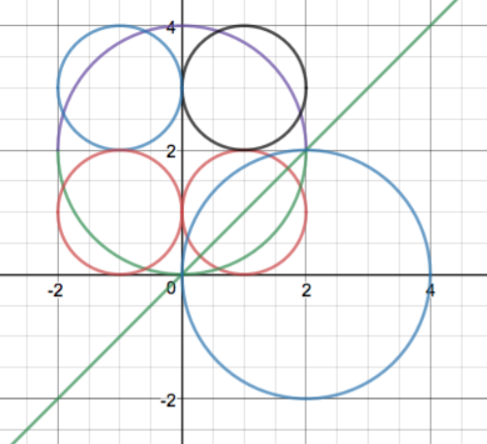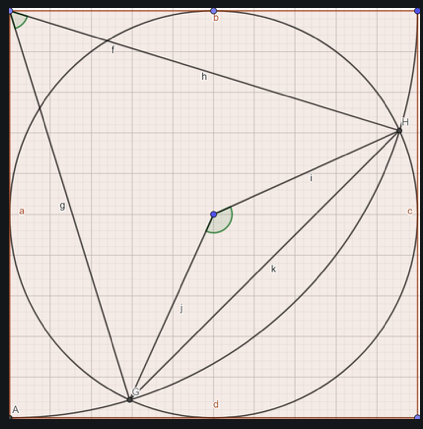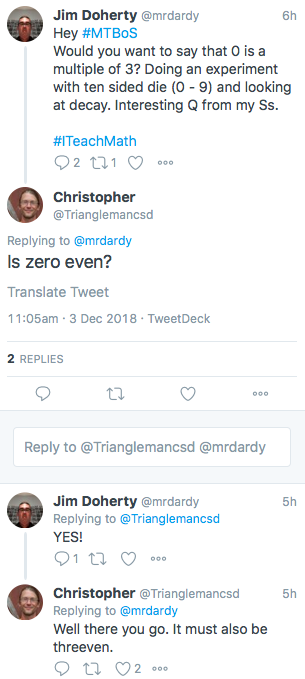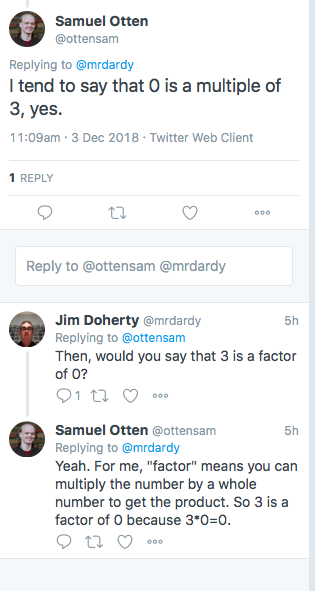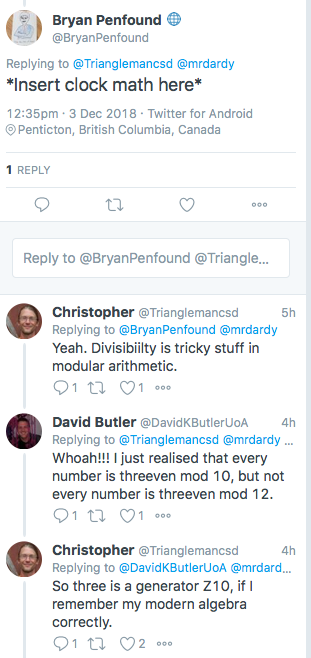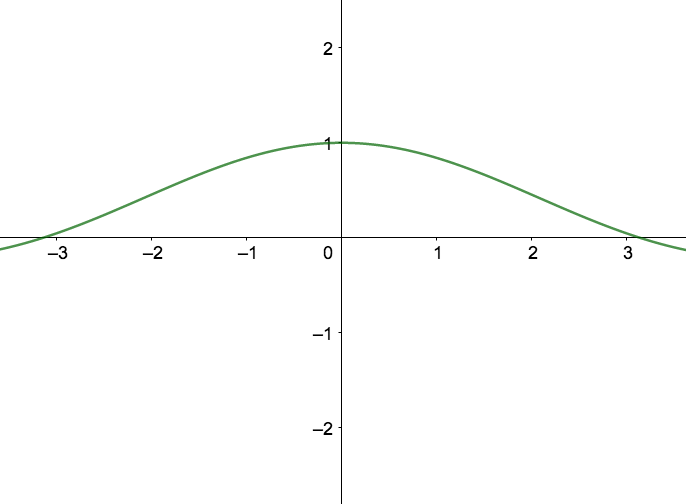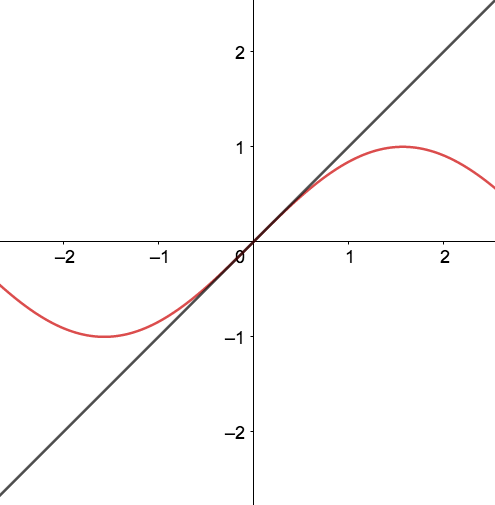Back in November we were having conversations at our school about improving our ability to place new students in our curriculum. Every year we have a wave of brand new students who have to move down from our original placement suggestions and it is always a frustrating thing for them and for us. So, I did what I do and I reached out to a number of department chairs at schools like ours seeking advice. One of the people I reached out to was Amy Hand. She is the math chair at Packer Collegiate Institute in Brooklyn, NY. In addition to sharing some wisdom, she also mentioned a workshop she was putting together. Here is the flyer she sent me –

I was immediately intrigued and I went to my admin to pitch the idea. We decided that we could afford to send a handful of folks together there and we ended up inviting our two Geometry teachers and one of our middle school teachers to go with me. I have been on the inquiry bandwagon for awhile but I knew that I could learn some new wrinkles to add to my game. I was excited to bring along three colleagues to listen to someone other than me pitch this idea. I also knew that the power of being in a room together working side by side with colleagues is always a powerful thing. Well, we returned Friday afternoon and I have had a couple of days to let some of the ideas sink in – as well as a couple of days to get caught back up with my life here. I am happy to spend a little time here telling you about what a wonderful experience this was. I feel that there is some positive energy that can help move our department forward in examining how to open up our classroom culture to encourage more open inquiry from and for our students.
Amy and Allyson Rohrbach, a colleague of hers from Packer, put together a really meaningful and packed two days for us. We started with a short introductory session on Wednesday night. This seemed like an unusual idea, but it was a great way to start. We had what seemed like a completely innocent problem on our tables. It was a problem from Brilliant that involved counting squares. I wish I had the image of this problem, perhaps I can find it soon to share. What seemed like a completely innocent problem instead became a lovely conversation about counting procedures with different folks going to poster paper at the front of the room to share their strategies. We got to know each other over snacks and beverages and discussing math ideas, Amy and Allyson framed our work efficiently that night and I think that we all left the room that evening energized for our work the next day. Thursday was the heavy lifting day but even that was paced really well and Any and Allyson kept us shifting gears so we did not feel like we were sitting with one idea or one problem for too long. There was plenty of space to explore and I don’t think that any of us felt rushed. One of the problems we worked on is one that Amy and Sam Shah worked on together at Packer and Sam blogged about that problem here I know that the next time I am teaching Precalculus I will be framing our discussion through this problem. I feel certain that I read Sam’s post when it came out, but working side by side with folks in this environment brought the problem and the pedagogy behind it to life in SUCH a meaningful way.
Again, we had GREAT conversations discussing/debating/explaining ourselves. I certainly have fun listening to my students debate like this but there is a different level of fun when I can get lost in the math myself to this degree. It is also energizing to hear from and share with people that I have never met before. There is such a sense of open curiosity in a carefully designed environment like the one that Amy and Allyson helped create.
I walked away from this event convinced that I will have an ongoing exchange of ideas with Amy and Allyson and I am already discussing a school visit to bring some of my colleagues who did not make it to this event. You can follow Amy and Allyson over on twitter where they are @MathSenseLLC. you can also check out their next workshop which is described here They will be on the west coast for this trip. If this is more in your neighborhood and you want to be recharged in your commitment to inquiry driven education or if you want to be nudged in this direction, I cannot recommend this highly enough.
